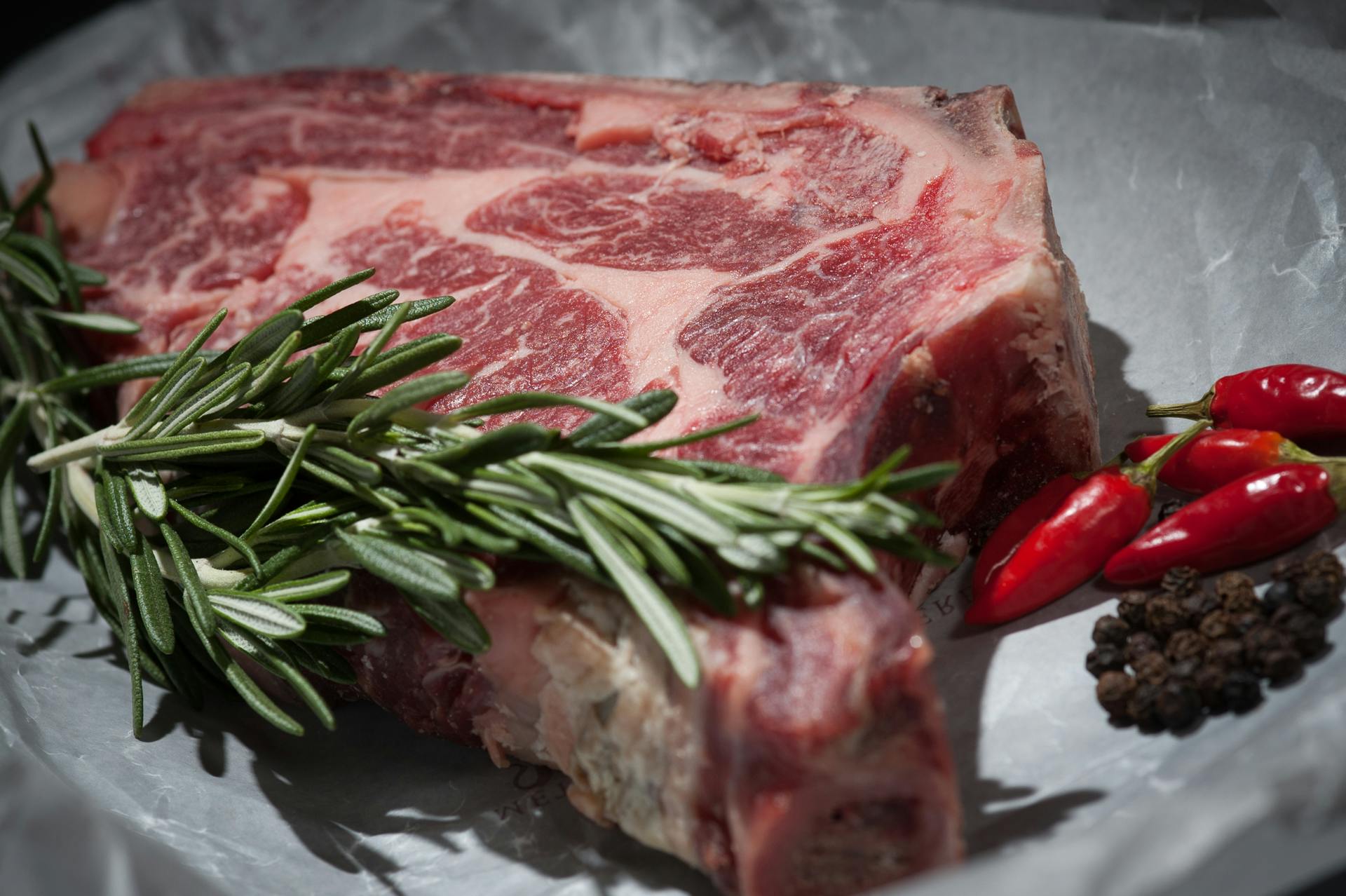
Beef is a major global commodity, playing a significant role in agriculture, trade, and food security. Here’s an overview of beef as a commodity:
1. Production & Major Producers
-
Top Beef-Producing Countries (2023-2024 estimates):
-
United States – Largest producer, with high feedlot systems.
-
Brazil – Major exporter, with large pasture-based operations.
-
China – Rising production due to growing domestic demand.
-
European Union – High-quality beef, but production is declining due to environmental regulations.
-
Argentina – Known for grass-fed beef exports.
-
Australia – Major exporter, particularly to Asia.
-
India – Largest exporter of buffalo (carabeef), not traditional beef.
-
-
Production Systems:
-
Grass-fed: Common in South America and Australia.
-
Grain-fed (Feedlots): Dominant in the U.S. and Canada for marbled beef.
-
Mixed Systems: Used in Europe and parts of Asia.
-
2. Global Trade & Key Exporters
-
Top Exporters (2023-2024):
-
Brazil – Largest exporter, shipping to China, Egypt, and the EU.
-
Australia – Exports to Japan, South Korea, and the U.S.
-
U.S. – Exports high-quality cuts to Japan, South Korea, and Mexico.
-
Argentina – Exports to China and regional markets.
-
India – Leading exporter of buffalo meat (sold as “carabeef” to Middle East & Southeast Asia).
-
-
Top Importers:
-
China – Largest importer due to rising demand.
-
United States – Imports lean beef for processing.
-
Japan & South Korea – Prefer high-quality grain-fed beef.
-
Middle East & Africa – Growing demand for affordable beef.
-
3. Price Determinants & Market Trends
-
Factors Influencing Beef Prices:
-
Feed Costs (corn, soy prices affect feedlot economics).
-
Drought & Climate Conditions (impacts pasture availability).
-
Disease Outbreaks (e.g., foot-and-mouth disease, avian flu affecting feed costs).
-
Trade Policies & Tariffs (e.g., China’s bans on Brazilian beef, U.S.-China trade deals).
-
Consumer Demand (shift toward premium vs. budget cuts).
-
-
Recent Trends:
-
Rising Global Demand – Especially in Asia (China, Vietnam).
-
Alternative Proteins – Competition from plant-based & lab-grown meats.
-
Sustainability Concerns – Pressure to reduce carbon footprint (beef has high GHG emissions).
-
4. Challenges & Future Outlook
-
Environmental Impact: Beef production is resource-intensive (land, water, feed) and contributes to deforestation (e.g., Amazon clearing for cattle ranching).
-
Disease Risks: African Swine Fever (ASF) in pigs increased demand for beef as a substitute.
-
Alternative Meat Competition: Beyond Meat, Impossible Foods, and cultured meat startups challenge traditional beef markets.
-
Trade Wars & Geopolitics: U.S.-China tensions, EU-Mercosur trade disputes affect beef flows.
5. Commodity Trading & Futures
-
Beef is traded via futures contracts (e.g., CME Live Cattle and Feeder Cattle futures).
-
Prices are influenced by supply chain disruptions, weather, and feed costs.
Conclusion
Beef remains a high-value global commodity, but its future depends on sustainability improvements, trade policies, and competition from alternative proteins. Emerging markets (China, Africa) will drive demand, while environmental regulations may constrain supply in developed nations.
